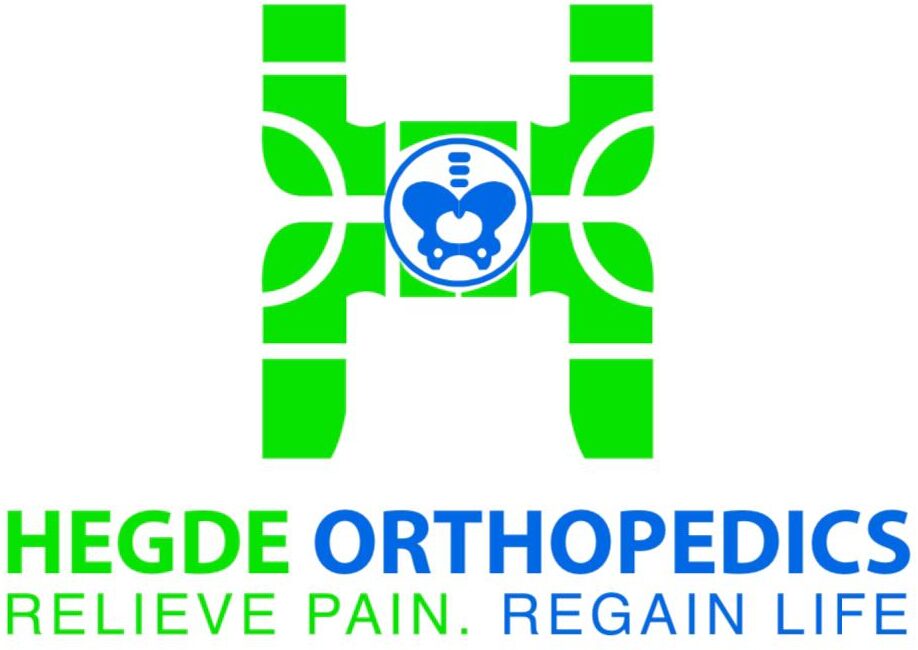Computer Navigation Joint Replacement Surgery
Overview
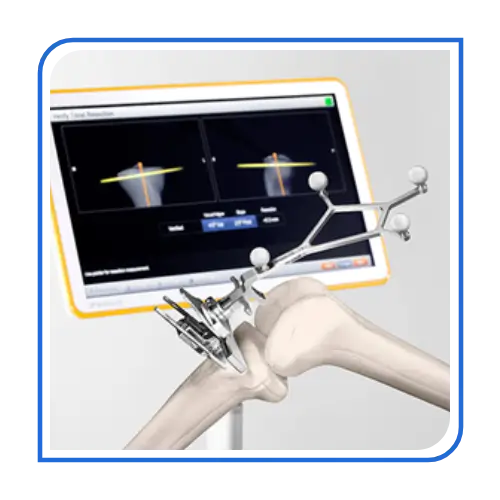
Key Aspects of Computer Navigation Joint Replacement Surgery: ✅ Enhanced Accuracy – Real-time 3D imaging ensures precise implant positioning for better stability and longevity.
✅ Minimally Invasive Approach – Reduces tissue damage, blood loss, and post-surgical complications.
✅ Improved Joint Function & Mobility – Ensures natural joint movement and reduces wear over time.
Computer Navigation Joint Replacement Surgery, patients receive a safer, more precise, and long-lasting solution for joint pain, helping them regain mobility and an active lifestyle.
Computer Navigation Kick 3 is an advanced surgical navigation system designed to enhance the precision and accuracy of joint replacement surgeries, including total knee and hip replacements. This system provides real-time imaging and 3D navigation, allowing surgeons to achieve optimal implant alignment, which is crucial for improved joint function and long-term success.
By utilizing infrared cameras, sensors, and computer-assisted guidance, Kick 3 helps minimize errors, ensuring better implant positioning and reducing complications such as misalignment, uneven wear, and implant loosening. It is particularly beneficial in complex cases, such as patients with severe deformities or previous joint surgeries.
The minimally invasive approach supported by Kick 3 leads to less tissue damage, reduced blood loss, faster recovery, and improved post-surgical mobility. With its user-friendly interface and high precision, it is becoming a preferred choice for orthopedic surgeons worldwide.
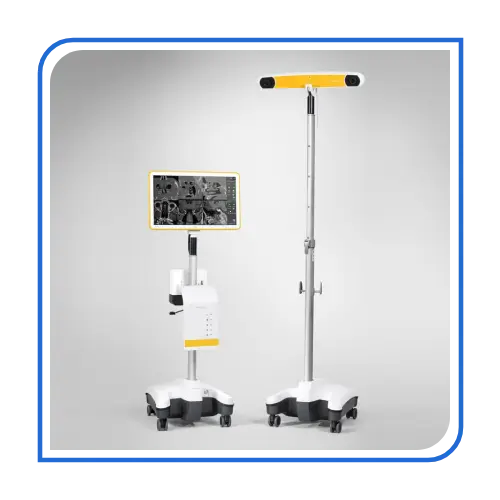

Computer Navigation Kick 3 is an advanced surgical navigation system designed to enhance the precision and accuracy of joint replacement surgeries, including total knee and hip replacements. This system provides real-time imaging and 3D navigation, allowing surgeons to achieve optimal implant alignment, which is crucial for improved joint function and long-term success.
By utilizing infrared cameras, sensors, and computer-assisted guidance, Kick 3 helps minimize errors, ensuring better implant positioning and reducing complications such as misalignment, uneven wear, and implant loosening. It is particularly beneficial in complex cases, such as patients with severe deformities or previous joint surgeries.
The minimally invasive approach supported by Kick 3 leads to less tissue damage, reduced blood loss, faster recovery, and improved post-surgical mobility. With its user-friendly interface and high precision, it is becoming a preferred choice for orthopedic surgeons worldwide.
Symptoms Suggesting the Need for Joint Replacement & Arthritis Signs
Individuals experiencing the following symptoms may benefit from computer-assisted joint replacement surgery
Persistent knee pain that affects daily activities
Swelling, stiffness, and inflammation in the knee joint
Pain that persists even while resting or sleeping
Difficulty walking, standing, or climbing stairs
Experiencing joint pain? Consult a specialist today to explore computer-assisted joint replacement options!
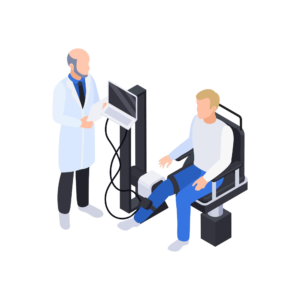
Conditions Treated with Computer Navigation Joint Replacement
This procedure is effective in treating various joint-related conditions, including
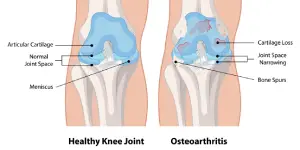
Osteoarthritis
Wear and tear of the joint cartilage leading to pain and stiffness.
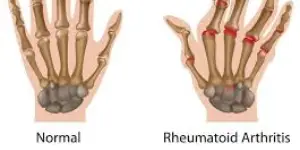
Rheumatoid Arthritis
Chronic inflammation causing joint damage.
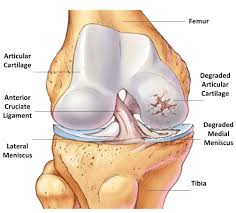
Post-Traumatic Arthritis
Joint degeneration following previous injuries.
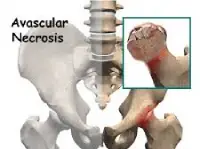
Avascular Necrosis
Loss of blood supply leads to bone tissue death.
The Computer Navigation Joint Replacement Surgery Process
Computer-guided joint replacement enhances accuracy, alignment, stability, and long-term success.
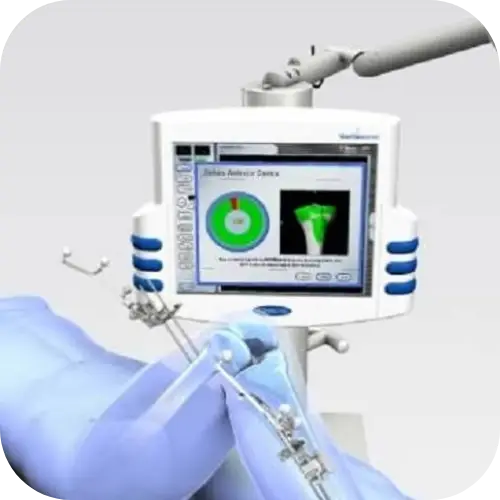
- Pre-Surgical Planning – Detailed imaging (CT/MRI) is performed to create a 3D model of the joint for precise surgical planning.
- Patient Positioning – The patient is positioned correctly on the operating table for optimal access and accurate navigation.
- Registration of Anatomical Landmarks – The surgeon maps key joint landmarks using specialized trackers to align the navigation system.
- Real-Time Data Collection – Sensors and infrared cameras provide continuous feedback on joint position, alignment, and movement.
- Precision Implant Placement – Computer-guided navigation ensures optimal positioning and alignment of the prosthetic implant.
- Minimized Tissue Damage – Smaller incisions and precise cutting reduce muscle and ligament damage, improving recovery.
- Balancing Soft Tissues – Ensures even tension in surrounding muscles and ligaments for better joint function and stability.
- Enhanced Accuracy & Alignment – Computer navigation helps achieve perfect limb alignment, reducing implant wear and complications.
- Verification of Implant Position – The system double-checks placement before finalizing the surgery to ensure accuracy.
- Closure of Incision – The surgical site is closed with sutures or staples for proper healing.
Advanced in Computer Navigation Joint Replacement Surgery
AI-Assisted Navigation
Artificial intelligence enhances real-time decision-making, improving precision in implant positioning and alignment.
Robotic-Assisted Surgery
Combines robotic systems with navigation for ultra-precise bone cutting and implant placement.
Augmented Reality (AR) Integration
Surgeons use AR overlays for enhanced visualization of anatomical structures during surgery.
Real-Time Motion Tracking
Tracks joint movement during surgery to ensure natural alignment and function.
Progression of Arthritis: Stages from Early Signs to Advanced Damage
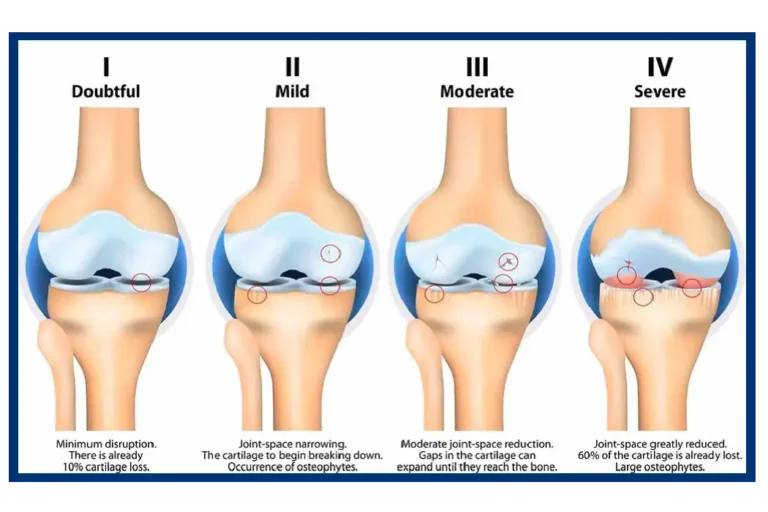
Stage 1 (Early Stage)
Mild joint pain and stiffness, slight cartilage wear, and minimal impact on daily activities.
Stage 2 (Moderate Stage)
Increased pain, noticeable swelling, reduced joint space, and occasional discomfort during movement.
Stage 3 (Severe Stage)
Significant cartilage loss, chronic pain, joint deformity, and limited mobility affecting daily tasks.
Stage 4 (End-Stage)
Increased pain, noticeable swelling, reduced joint space, and occasional discomfort during movement.
